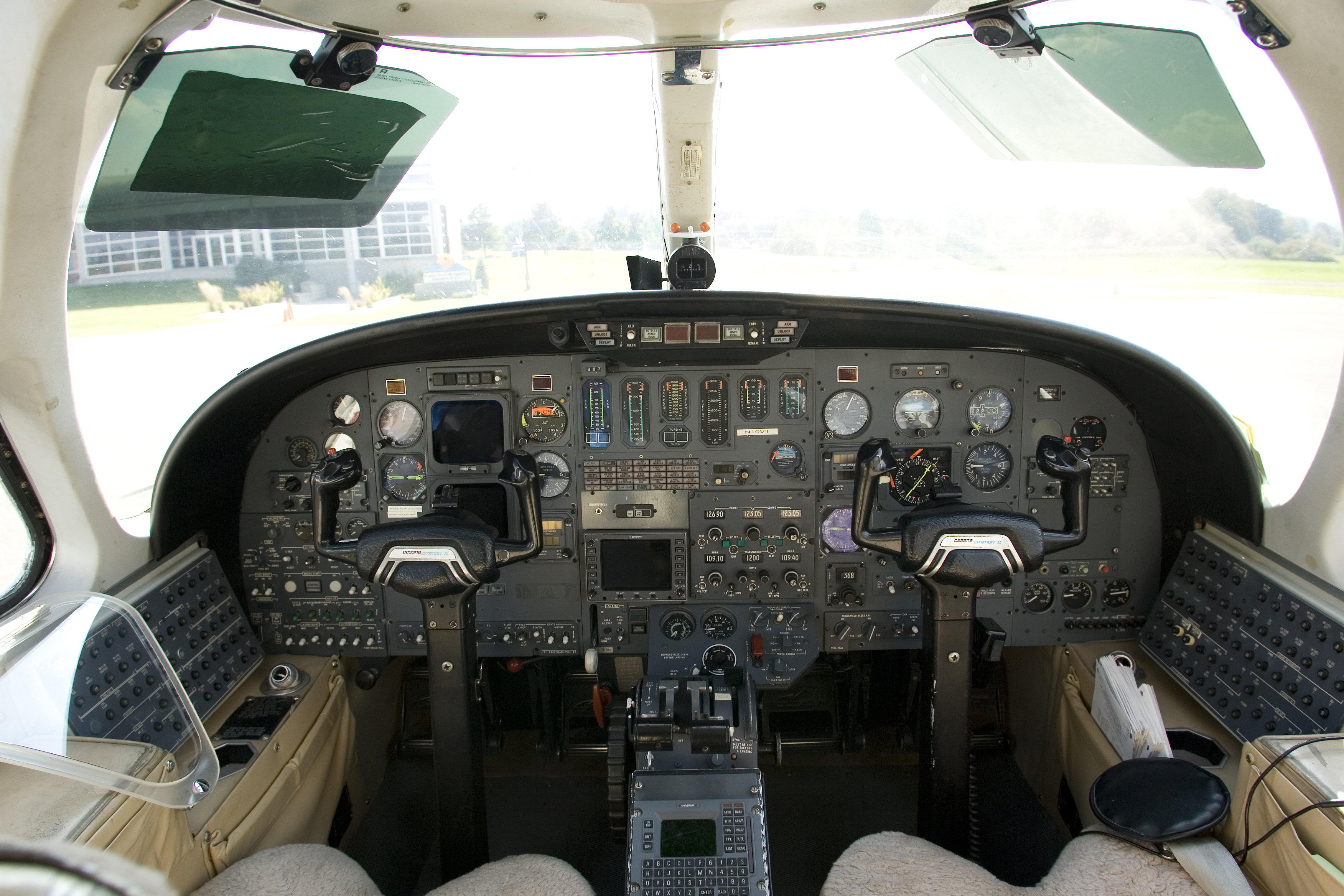Wayne Durham writes book on aircraft dynamics and control

Wayne "Bull" Durham, Virginia Tech associate professor emeritus of aerospace and ocean engineering, has authored a new book "Aircraft Flight Dynamics and Control" published by Wiley.
Durham's first career was as a U.S. Navy pilot. Following two combat tours flying F-8 Crusaders in Vietnam, he attended the Empire Test Pilot School in England. He then conducted two tours as an engineering test pilot at the Naval Air Test Center in Patuxent River, Md., interspersed with other operational tours. He has flown thousands of hours in fighter aircraft ranging from the Glouster Meteor to the Grumman Tomcat.
Durham began a second career after earning his Ph.D. in aerospace engineering from Virginia Tech, and taught aircraft flight dynamics and control for several years. He conducted extensive research into related problems, developing a manned flight simulator for experiments.
The new book arose from years of teaching flight dynamics and control at undergraduate and graduate levels. The treatment in this book follows that of other books in the same field, but is overlaid throughout with Durham's experiences in operational and test flights.
A section on current trends in flight control "was motivated by the author's pride in the accomplishments of many of his past students in real-world applications of flight dynamics and control," according to the author's introduction to the book, referring to their work in the development of the flight control system of the F-35 fighter.
Durham dedicated his book to two of his fellow Virginia Tech aerospace engineering professors who died while they were members of the department: Fred Lutze and Henry "Hank" Kelley. With a humorous stroke, he wrote: "For Fred Lutze. If I got anything wrong here it's because I didn't listen to him closely enough. For Hank Kelley. He was right. Sometimes you have to stare at a problem for a very long time before you see it. Sitzfleisch."
According to Wiley, Aircraft Dynamics and Control addresses these key features: classical development and modern treatment of flight dynamics and control; detailed and rigorous exposition and examples, with illustrations; presentation of important trends in modern flight control systems; accessible introduction to control allocation based on the author's seminal work in the field; development of sensitivity analysis to determine the influential states in an airplane's response modes; and contains end of chapter problems with solutions available on an accompanying website.
Wiley calls it "an ideal course textbook and is also a valuable reference for many of the necessary basic formulations of the math and science underlying flight dynamics and control."




